The Koolhoven Story
In the Netherlands, Anthony Fokker is very well known as an aviation pioneer. He was, however, not the only one who has founded an aviation factory. Another Dutchman, Frits Koolhoven, was also active as an aircraft manufacturer, although he has always lived in the shadow of Fokker. In spite of this, the Koolhoven factory produced over the period 1922-1940 quite a number of different aircraft types, both civil and military.
But even before 1922 Frits Koolhoven had already established a reputation as an aircraft designer……
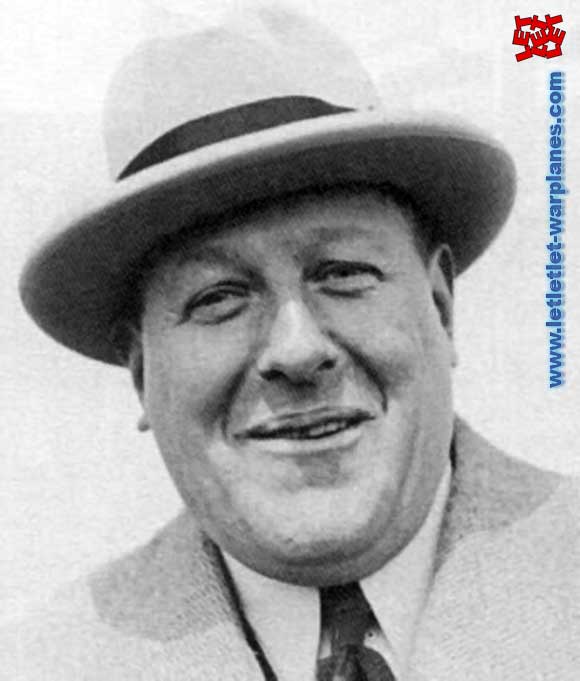
Sytske Frederic Koolhoven:
Frits Koolhoven was born on 11 January 1886 in Overveen, a small place not far away from the city of Haarlem as Sytske Frederic with ‘Frits’ as call name. He grew up in a quite wealthy family but after finishing High School he selected to work as a technician in the Belgian motorcycle and car factory ‘Minerva’. Here he started to race the Minerva motorcycles and later also their cars. His racing career was quite successful and when it ended in 1907 he became a sales representative in the Netherlands for the Minerva products. Koolhoven was a very remarkable person with a broad and big stature and with his length of more than 1.90 m he was a giant of a man for that time. In 1910 he was confronted for the first time with aviation when he assisted the Belgian pilot Rougier with the repair of the engine of his plane. He started to learn flying at a French flying school and soon obtained his pilot licence. After giving flight instruction for a short period, he moved in 1911 back to his home country the Netherlands. here he started the construction of a Farman type for the Dutch pilot Henri Wijnmalen at the aircraft workshop of the ‘Maatschappij voor Luchtvaart at Soesterberg. Later that year he accepted a position at the Deperdussin works as an aircraft designer. In cooperation with Deperdussin’s chief designer Louis Béchereau he assisted in several aircraft projects.

In 1913 he joined the British Armstrong Whitworth company. Here he designed and built a number of his own designs ranging from the Armstrong Whitworth FK.1 to FK.19. The FK.8 armed reconnaissance plane was his most used design since it was operational on a large scale on the German front. In total 1151 FK.8’s must have been built by Armstrong Whitworth. Interesting is that Koolhoven’s FK.4 was not an aircraft but the gondola of a small non-rigid airship and that the FK.19 was an unsuccessful aero engine design.
In 1917 he left Armstrong Whitworth to join the new B.A.T. (British Aerial Transport) company. Here he designed two small single seat biplanes, the FK.22 and the FK.23 Bantam.
Further types built at B.A.T. were the FK.24 Baboon trainer and the FK.25 Basilisk single seat fighter.
One completely restored Bantam was shown until its bankruptcy by end 2011 at the Aviodrome Museum at Lelystad airport, but eventually this nice little plane will be exposed in the Rijksmuseum at Amsterdam, where also Rembrant’s famous ‘Nightwatch’ painting can be seen. The B.A.T. FK.22 to FK.25 were not a success, but his FK.26 was built in small numbers as a commercial airliner for four passengers or three passengers with 100 kg airfreight. Also the FK.27 sports plane and the FK.28 Crow ultra-light plane were no success with only one built.
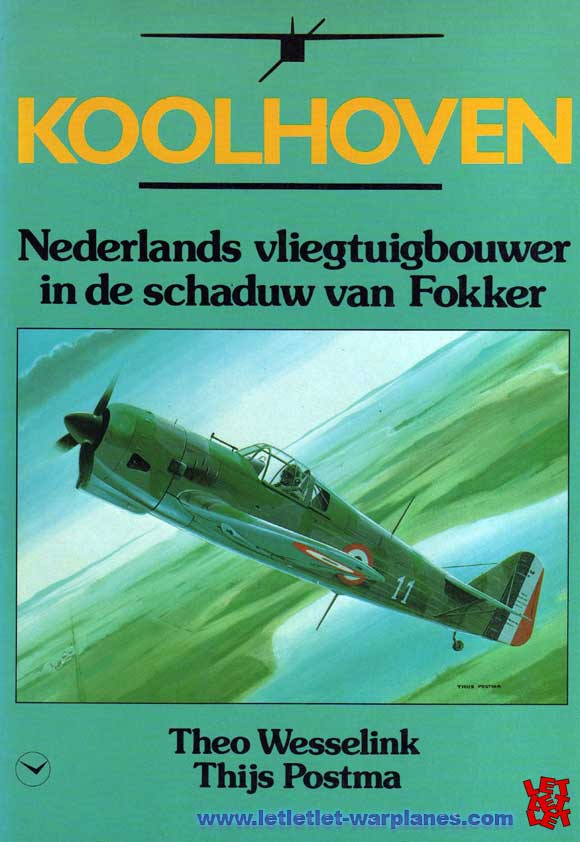
In 1920 Koolhoven returned again to the Netherlands. Here he worked for two years at the Trompenburg car factory. In 1922 he went back into aircraft construction as a constructor at the N.V.I. (Nationale Vliegtuig Industrie) in Rotterdam. Here his FK.29 two-seat passenger plane was his first design. although it may already date from his earlier B.A.T. period. His next designs that were built at N.V.I. were the FK.30 ‘Week-end Tourist’ ultra-light, FK.31 single seat fighter, FK.32 two-seat trainer, FK.33 three-engine passenger plane and the FK.34 floatplane. In 1925 his contract at the N.V.I. was not renewed and Koolhoven had to look for another job. After he left N.V.I., the company went finally bankrupt.
Over the next two years, he tried to establish his own aircraft factory which lead eventually to the foundation in 1927 of the N.V. Koolhoven Vliegtuigen at Rotterdam. He took over the old N.V.I premises at Waalhaven airport. Here he started a long line of both civil and military aircraft types, although on a much smaller scale as the Fokker factories. In fact Koolhoven has always lived ‘in the shadow of’ Fokker’ as the second best known aircraft manufacturer in the Netherlands. During the German invasion of May 1940 his aircraft factory was completely destroyed during a German air raid on Waalhaven. It was never restarted…….
Koolhoven died shortly after the war on 1 July 1946 because of a brain haemorrhage at the age of sixty.
Koolhoven aircraft built by the N.V.I.:
When working at the N.V.I. Frits Koolhoven was responsible for the following aircraft types:
FK.29 three seat passenger plane – one built
FK.30 ultra-light parasol-wing plane – one built
FK.31 parasol wing dual seat fighter – fourteen built
FK.32 low-priced military trainer with rotary engine – one built
FK.33 three-engine airliner – one built
FK.34 3 seat military floatplane – one built
The FK.35 to FK.39 were projects that were never realized:
The aircraft from N.V. Koolhoven Vliegtuigen:
With the never built FK.39 parasol wing fighter as last type designation used at the N.V.I., Koolhoven started at his own works with the next type; the FK.40. The last type designation used for an actually built type was the FK.58 for a low-wing single engine fighter with a closed cockpit and a retractable undercarriage. FK.59 was reserved for a twin-engine floatplane that was only built as a mock-up.
The photo report gives an overview of all types actually built at the Koolhoven works.
References:
In general little has been published in the English language on Koolhoven aircraft. There are two major reference works on Koolhoven, but strictly in the Dutch language. One deals mainly with his personal life while the other describes in more detail all types built by Koolhoven. In this book also a number of projects is illustrated. Book titles are:
-Dik Top, Frits Koolhoven en zijn vliegtuigproductie, Repro-Holland B.V. 1996 (no ISBN available)
-Theo Wesselink and Thijs Postma, Koolhoven, Nederlands vliegtuigbouwer in de schaduw van Fokker, Unieboek B.V.-Bussum 1981 ISBN 90 228 3890 0
Both books, printed in quite limited numbers only, are out of print and sold out for a number of years although they still can be found on the second-hand book market for a reasonable price.
Websites:
In the Netherlands there is a Koolhoven Foundation active with ‘mr. Koolhoven’ Harry van der Meer and Jan den Das as driving persons.
See Koolhoven
Nico Braas
A much larger Koolhoven story describing all Koolhoven types in detail is in preparation for future publication.




































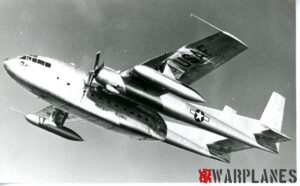


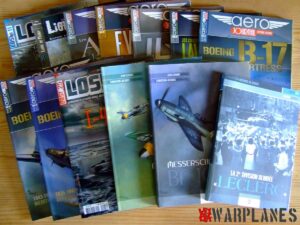
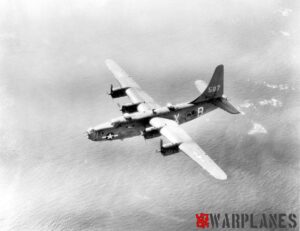
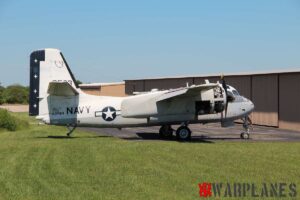
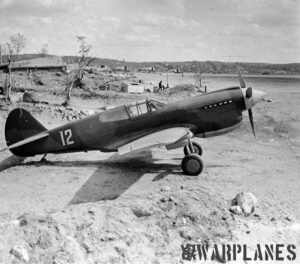
Dear Sir
I see your a glider pilot. I saw reference that Koolhoven made 2 gliders after closing either late 40’s or early 50’s. You have any more info on them or pictures. I’m also a glider pilot my first job was running a glider port outside of Dallas TX in the early 70’s. Currently retiring from Boeing 727 cargo job. My website is currently down.
Sincerely
Chris Thornburg
I flew from Caddo Mills in1979 and got my 300Km from there in a 1 35
Do you think the K7 was a Koolhoven design?